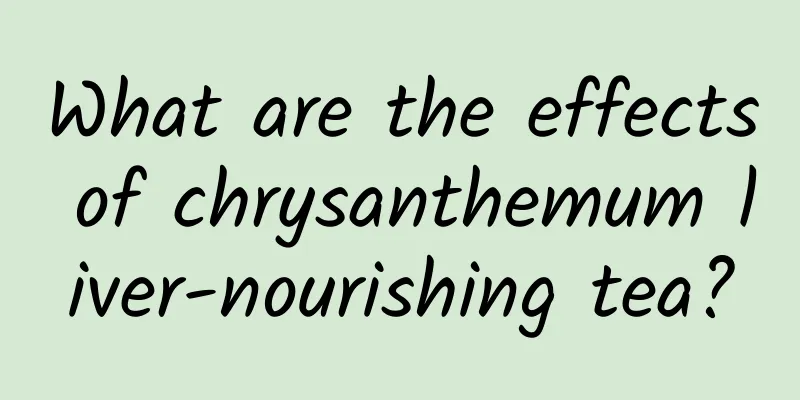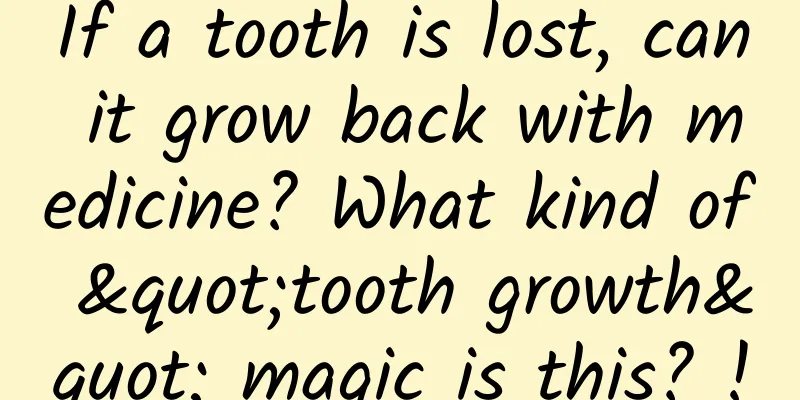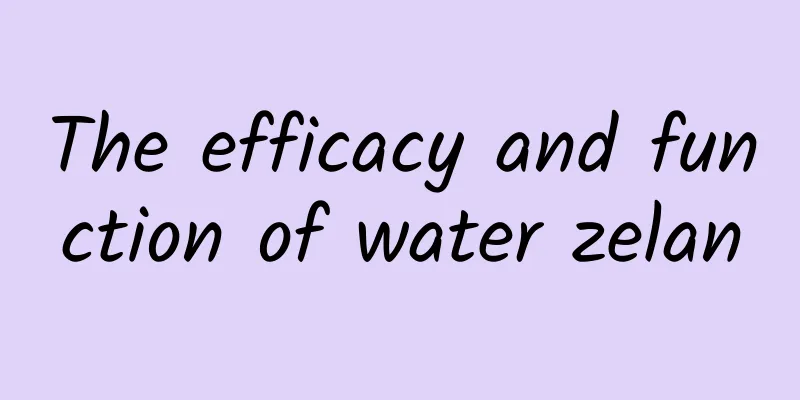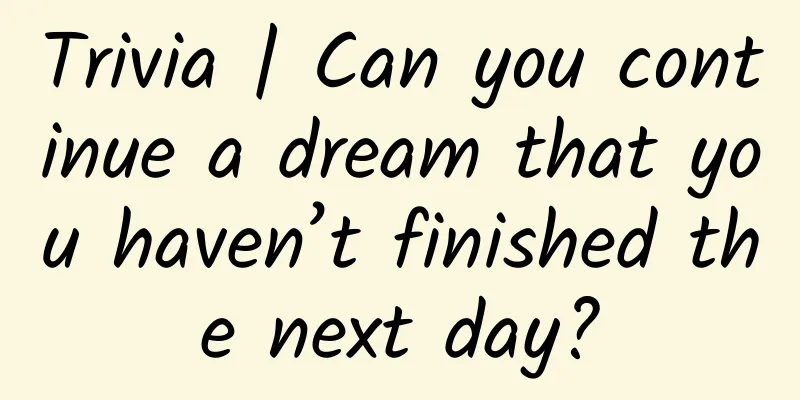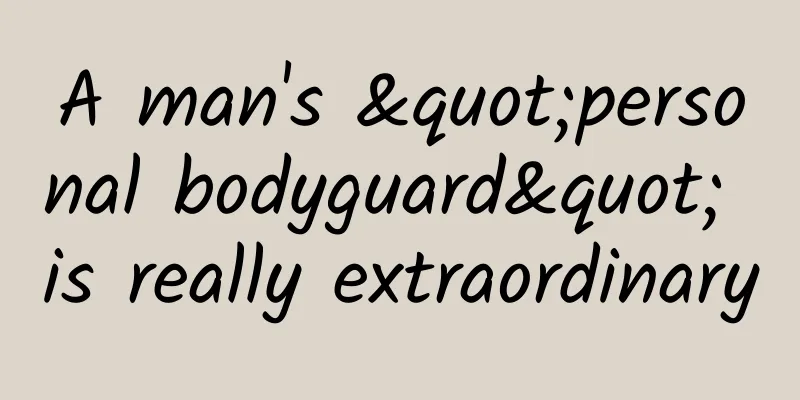eMarketer: Data explains why WhatsApp is worth $19 billion
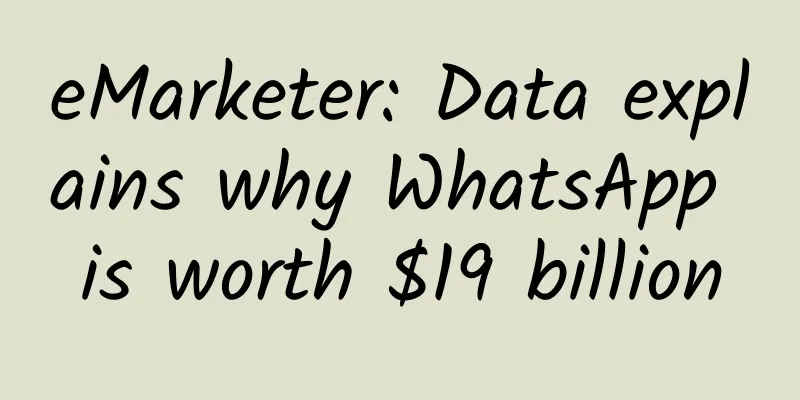
|
In 2013, WhatsApp users grew 230% in North America. |
<<: 2013-2014 China Agricultural Products E-commerce Model Development Report
>>: How can a hotel website create the most persuasive sales page?
Recommend
More than 900,000 years ago, human ancestors almost became extinct?
From an evolutionary perspective, humans are undo...
The efficacy and function of Pedaloe vera
What are the effects of Pedulonella oleracea? As ...
The efficacy and function of the leaves of the genus Goosefoot
The efficacy and function of the traditional Chin...
Yinchen Herbal Effects and Functions
It is a relatively common herb among Chinese herb...
How was the 2B pencil, the "official" pencil for the college entrance examination, selected?
Whenever the word "college entrance examinat...
"Help me up!" New research: Even at 60, your brain is still alive
Written by: Hao Jing: Editor: Kou Jianchao Layout...
Imperata cylindrica root soaked in water
In today's society, health preservation seems...
Refresh your knowledge! Did dinosaurs also catch colds? In fact, these diseases have been "passed down through the ages"
Refresh your cognition! Dinosaurs also caught col...
Have you bought a ticket for the C919 during the National Day holiday?
Welcome National Day The "artificial sun&quo...
The efficacy and function of sea powder
As people's living standards improve, they pa...
What are the medicinal values of walnut branches?
Walnut is one of the most common foods in our dai...
The efficacy and function of four-finger threadfin bream
For many Chinese people, traditional Chinese medi...
How much do you know about the benefits of clove leaves?
As we all know, the lilac tree is full of treasur...
This common "birthmark" may be a disease: "coffee spots" that cannot be ignored
Coffee-fronted spots are a common "birthmark...
This "black hole observer" gazes into the darkness in the starry sky
There are many evidences to prove that we and the...




